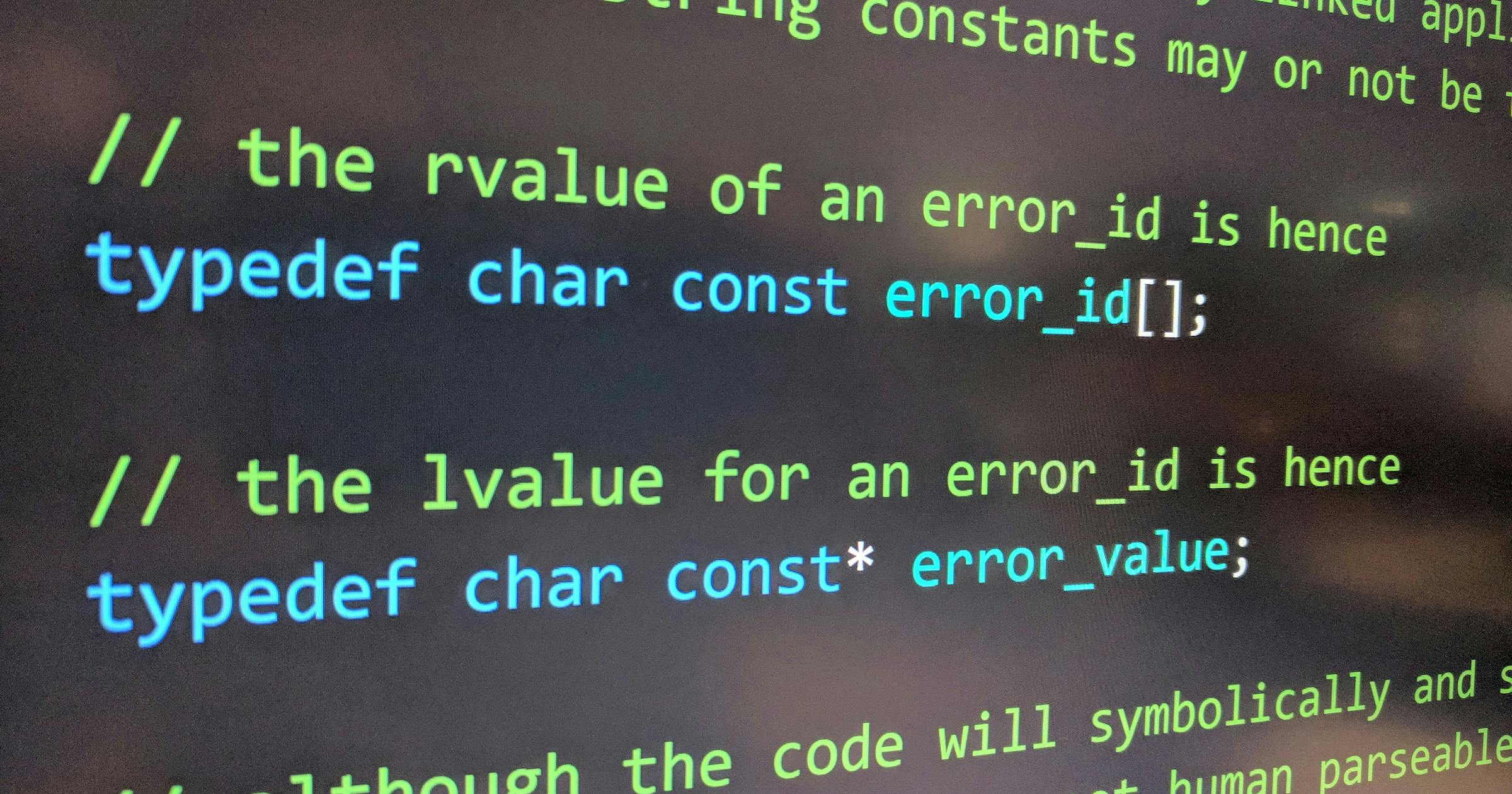I recently had a conversation with a startup founder who was in the middle of calculating time to fill and measuring the success of his HR team.
He knew this metric was an important way to measure the effectiveness of his in-house recruitment efforts, and was shocked to see how long it was taking to get new hires over the finish line.
If you’re not already familiar with how to calculate time to fill, I’ll just give you a quick rundown:
Time to fill reveals how long it typically takes from posting a job to having an accepted offer, which is a key insight for refining your hiring strategy.
Many startup founders I speak to are wrestling with lengthy hiring processes.
They are finding it really challenging to improve recruitment efficiency and reduce recruitment timelines.
As I remind them, shorter recruitment timelines lead to lower costs and an improved candidate experience.
I’m going to share what I’ve learned about calculating time to fill, along with how to reduce it.
What Is Time To Fill In Recruitment?
Time to fill is the number of days between when a job is posted and when an offer is accepted by a candidate.
This metric is a good indication of how long it takes to attract and secure new talent.
When I’m trying to measure a company’s recruitment efficiency, this metric is at the forefront of my mind.
As I found in research from the Society for Human Resource Management (SHRM), the average time to fill across industries is around 36 days.
Although, like I’ve seen firsthand, the specific time can vary depending on the role and sector.
For instance, in IT and development, where skills shortages are common, we’ve seen at Remote Crew that filling positions may take longer.
From our experience, it’ll sometimes take up to 45 days or more.
Remote Crew is expertly equipped to help startups and large companies fill vacant positions quickly.
We specialize in helping streamline recruitment for technical talent, such as hiring developers.
When we’re working with a startup trying to find skilled remote developers, our team does everything possible to create a qualified candidate pool, fast.
Time To Fill vs. Time To Hire
Time to fill and time to hire are related but distinct metrics in recruitment.
It’s really easy to forget this.
While time to fill measures the interval between posting a job and a candidate accepting an offer, time to hire focuses on the time from a candidate entering the pipeline (like submitting an application) to accepting an offer.
So, essentially, time to fill provides a much broader view and helps track how long it takes to source candidates from the initial job listing.
On the flip side, time to hire offers insights into how quickly the best-fit candidates are identified and secured.
Tracking Time To Fill Is What I’m Focused On
I’m far more interested in time to fill than time to hire.
Why?
When you view the full picture of the recruitment process, you start to see how the costs add up.
Prolonged recruitment cycles can lead to missed opportunities, as top talent may lose interest or accept offers elsewhere.
Unfilled roles often mean that current team members take on additional responsibilities, which can potentially impact overall productivity and morale.
When companies monitor time to fill, they can identify bottlenecks in their hiring process and work towards creating a streamlined, more effective recruitment system.
This is all about making sure roles are filled more promptly, which directly contributes to the smooth operation of the business and minimizes operational disruptions.
You Need To Understand How To Calculate Time To Fill
Calculating time to fill is very straightforward.
Time To Fill Formula
The formula for time to fill is:
Time To Fill = Number of days from job posting to job offer acceptance.
To calculate the average time to fill across multiple roles:
- Add the total number of days taken to fill each position.
- Divide by the number of positions filled.
For example, if three roles took 30, 40, and 35 days respectively to fill, the average time to fill would be:
(30+40+35) / 3 = 35 Days
This average helps companies evaluate recruitment efficiency and adjust timelines for future hiring needs.
Setting clear parameters is essential: determine when a job is officially posted and when it’s considered filled to ensure consistency in tracking this metric.
You’ll need to keep records of when jobs are posted so you have all the right data to complete the time to fill formula.
How To Calculate Time To Fill in Excel
Calculating time to fill in Excel can simplify tracking and analysis for recruiters, especially when you’re likely already tracking when jobs are posted in an Excel spreadsheet anyway.
- In Excel, create columns for the job title, posting date, and the date the position was filled.
- Use the formula =DATEDIF([Posting Date],[Filled Date],"D") in a new column to calculate the number of days for each role.
- To calculate the average, use =AVERAGE([Range]) on the time-to-fill column.
If you’re trying to track time to fill across potentially dozens of positions, you’re inevitably going to need some sort of spreadsheet to keep all hiring information organized in one place.
The bigger the dataset, the better.
I recommend taking advantage of Excel’s filtering and formula functions to calculate time to fill for specific departments and types of roles.
If you don’t know how to set this up, we’re more than happy to help you get these systems in place.
Think About These Three Factors Affecting Time To Fill
We’ve found that several factors impact time to fill, and understanding these can help organizations refine their recruitment timelines.
Here’s what you need to pay close attention to:
1 - Role Complexity
Specialist roles, such as IT and development, typically take longer to fill due to the need for specific skills or certifications.
2 - Location
Some regions may have a smaller talent pool for certain positions, leading to increased time to fill.
In contrast, roles in larger urban areas may attract candidates faster.
3 - Industry Demand
Organizations often experience higher demand for developer talent. This can make it challenging to secure qualified candidates quickly.
Remote Crew’s services help alleviate these challenges by connecting companies with remote software developers ready to work on international projects, bypassing geographical constraints and ensuring access to a vast pool of qualified candidates.
Reduce Time To Fill Using These Four Strategies
Reducing time to fill is essential for maintaining an agile and effective recruitment process.
Here are some key strategies:
1 - Job Descriptions That Actually Move The Needle
In other words, no AI-generated slop!
They can see through this.
That’s not going to attract the best candidates.
HR teams should clearly define required skills and qualifications to attract the most suitable candidates from the start.
Give the job description some personality and be clear about what you are and aren’t looking for.
This will inevitably help reduce the volume of unqualified applicants.
2 - Utilize Recruitment Technology
Here’s the reality: most HR teams are not automating enough workflows and don’t have access to the right recruitment tools.
At Remote Crew, we can conduct a full audit of your recruitment technology stack and suggest effective platforms for you to use, such as applicant tracking systems.
3 - Optimize Sourcing Channels
You will need to assess which recruitment channels bring the best results and focus on them.
For instance, if certain social media platforms attract more qualified candidates, double down and increase your presence.
There is no point in spreading yourself too thin and trying to master all channels.
4 - Leverage Employee Referrals
I think employee referrals are generally underrated.
If you can tap into their professional networks and source candidates, that’s a massive win.
Employee referrals often yield faster placements as existing employees recommend candidates familiar with the company culture and expectations.
Each of these strategies can help expedite the hiring process and allow recruiters to secure the right talent promptly and reduce operational downtime.
We Want To Help You Reduce Time To Fill
Knowing how to calculate time to fill is really just the first step.
Once you’ve got this data, you then need to begin looking at how to accelerate the hiring process.
A long-winded, meandering hiring process benefits nobody.
The quicker you can fill positions with top-tier talent, the better.
This begins with having access to a qualified talent pool.
That’s where Remote Crew comes in.
We know how to get your job opportunities in front of the right professionals.
Find out more about how Remote Crew can help reduce time to fill.
Tech hiring insights in your inbox
From engineers to engineers: helping founders and engineering leaders hire technical talent.
We will only ever send you relevant content. Unsubscribe anytime.







